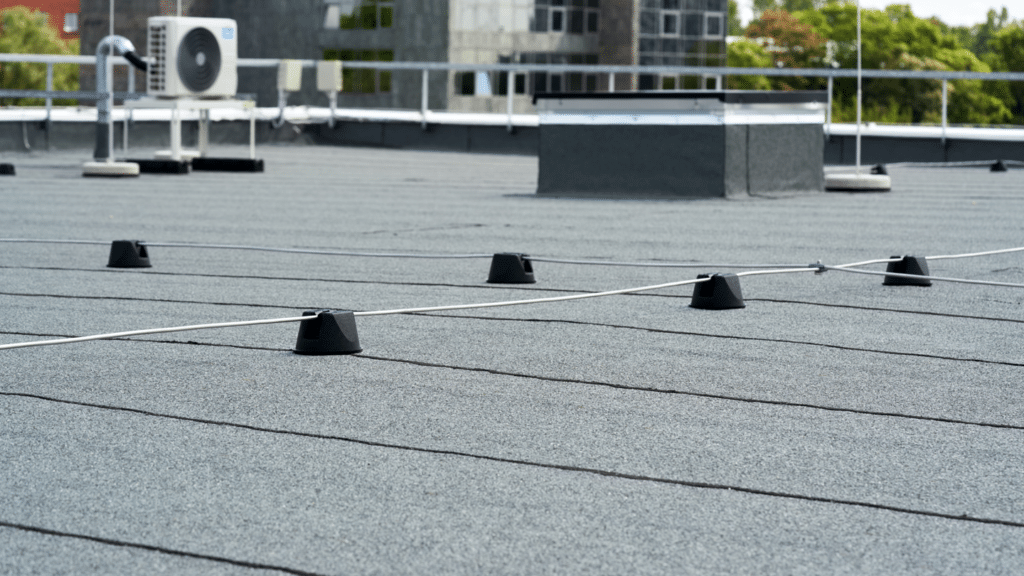Flat roofs have grown in popularity over time, particularly for commercial and industrial buildings in Central Florida. However, they have also become increasingly popular for modern residential designs. This versatile roofing option offers various advantages, such as increased usable space, streamlined aesthetics, and potentially lower construction costs. To maximize the benefits of a flat roofing system, understanding the various materials available and ensuring appropriate maintenance are crucial aspects to consider.
In this comprehensive guide, we will explore the benefits of flat roofing systems, delve into the diverse materials often used in flat roof construction, and provide valuable maintenance tips specific to Central Florida’s unique climatic conditions. Our objective is to equip you with the knowledge needed to make informed decisions regarding flat roofing systems and their upkeep.
From traditional built-up roofing (BUR) and modified bitumen to newer options like Thermoplastic Olefin (TPO) and Ethylene Propylene Diene Monomer (EPDM), there are numerous flat roofing materials to choose from, each with distinct advantages and considerations. Furthermore, with Central Florida’s year-round warm weather and potential storms, having a well-maintained flat roofing system is essential for ensuring your property’s longevity and minimizing potential damage.
Advantages of Flat Roofing Systems
Flat roofs offer numerous benefits for residential and commercial properties in Central Florida. Here are some key advantages you can expect when opting for a flat roofing system:
1. Additional usable space: Flat roofs create extra space that can be utilized for various purposes, such as installing solar panels, setting up a rooftop garden, or creating a relaxing patio or lounge area.
2. Streamlined modern aesthetic: Flat roofs lend a modern, minimalist appearance to buildings, which can enhance the aesthetics of your property and increase its curb appeal.
3. Easier maintenance: Generally, flat roofs are easier to access and maintain compared to sloped roofs, making routine inspections and repairs more straightforward.
4. Lower construction costs: Owing to their simpler design and construction, flat roofs can sometimes be more cost-effective to install than sloped roofs.
Common Flat Roofing Materials
When deciding on a flat roofing system, it is essential to be familiar with the variety of materials available in the market. The following section outlines some of the most common flat roofing materials and their characteristics:
1. Built-Up Roofing (BUR): BUR is a traditional flat roofing method that consists of multiple layers of asphalt felts or fabrics, alternating with layers of roofing tar or hot asphalt. It is known for its durability, longevity, and relatively low maintenance requirements.
2. Modified Bitumen: Combining asphalt and rubber or plastic polymers, modified bitumen offers enhanced durability and weather resistance. It is available in various application methods, such as self-adhered, torch-applied, and cold-applied membranes.
3. Thermoplastic Olefin (TPO): TPO is a single-ply membrane made of a blend of thermoplastic materials. It is known for its energy efficiency, due to its heat-reflective and energy-saving properties, and its resistance to ultraviolet (UV) rays and chemical exposure.
4. Ethylene Propylene Diene Monomer (EPDM): EPDM is a synthetic rubber material commonly used for flat roofing applications. It is known for its flexibility, durability, and effectiveness in extreme weather conditions.
Flat Roofing Maintenance Tips for Central Florida
To ensure the longevity and performance of your flat roofing system, it is vital to abide by proper maintenance practices. This is particularly important in Central Florida, where the climate necessitates tailored care for your roof. Here are several essential maintenance tips to consider:
1. Regular inspections: Schedule routine inspections of your flat roof, ideally twice a year or following any significant weather events. These inspections should include checking for signs of damage and addressing any minor issues before they escalate into more substantial problems.
2. Clean the roof surface: Remove debris and dirt from your flat roof regularly, as accumulated dirt can cause water to pool and potentially lead to leaks. Additionally, clean drains and gutters to ensure proper water flow during rains.
3. Repair any damage promptly: Address any signs of damage or wear, such as cracks, splits, or punctures, as soon as possible. Delaying repairs can lead to more severe problems, including leaks and structural damage.
4. Monitor roof membrane and flashing: Keep an eye on the condition of your roof membrane and examine flashings around vents, pipes, and roof edges regularly. Replace or repair damaged membrane or flashing to prevent leaks and maintain the roof’s integrity.
Conclusion
Opting for a flat roofing system can provide multiple benefits for property owners in Central Florida, such as increased usable space, a sleek modern aesthetic, and potentially lower construction costs. However, understanding the different materials available and ensuring proper maintenance tailored to the region’s unique climate conditions are vital aspects of maximizing the advantages that flat roofs offer.
Our team at Silverstone Roofing, a residential roofing company, is here to help you make the most informed decisions when it comes to flat roofing systems and their maintenance. We are experts in various flat roofing materials and understand the specific requirements for maintaining a flat roof in Central Florida. Reach out to us today for expert advice and experience tailored to your unique property needs.


